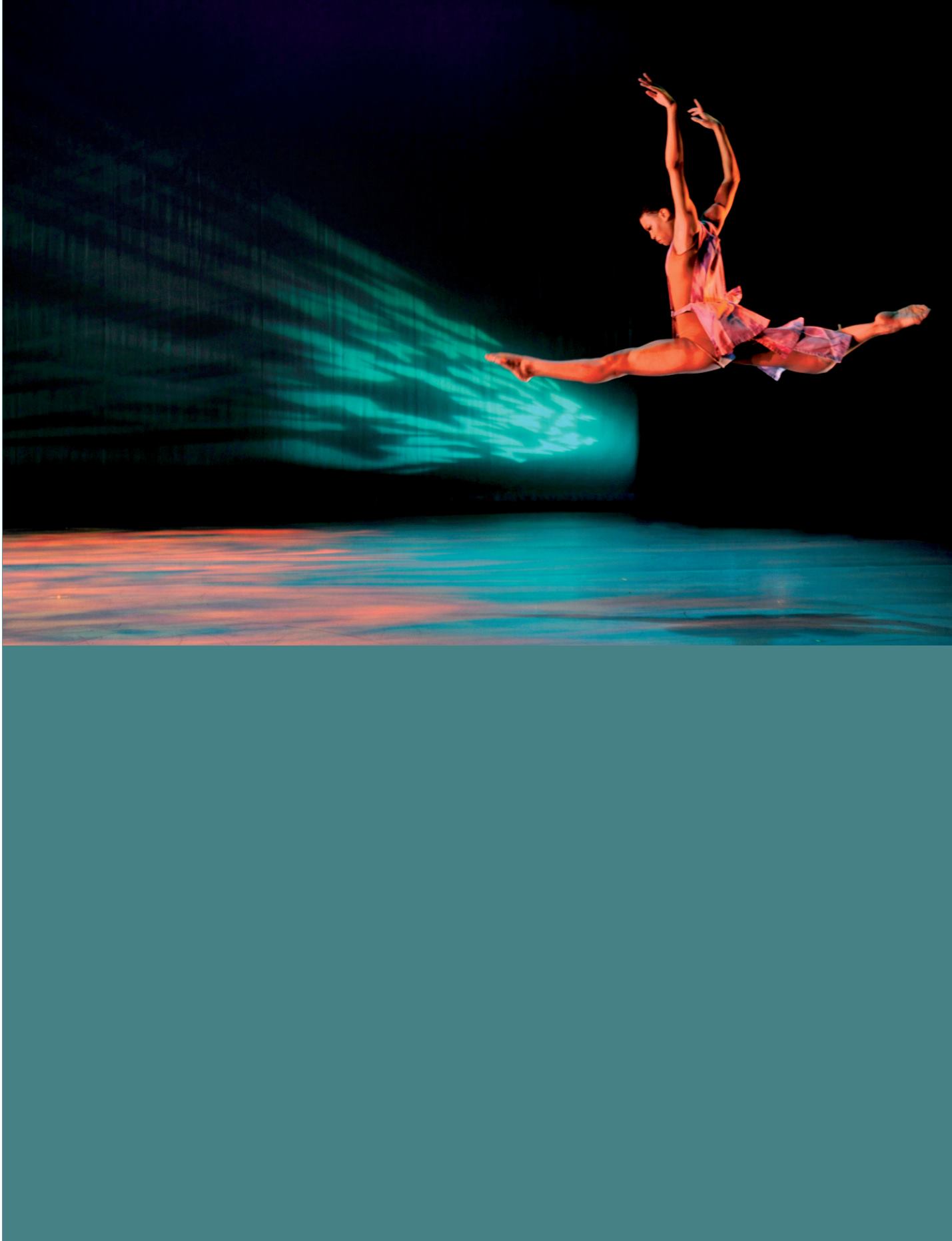
G
iven the relationship of traditional
African societies with the natural
environment, it is unsurprising
that the qualities, mysteries, and stories
of the rivers and the sea have been
translated into the rhythms, patterns
and gestures of dance. In one of the
languages of the Bamileke people of
Cameroon, the word for water – N’shi -
is the same as the word for ‘dance’ and
the word for ‘music’. Water, Dance and
Music intertwine as metaphors for the flow
of life.
Many dances inspired by water reflect the
occupations and folklore of people from
riverine and coastal areas. According to
the theologian and historian Engelbert
Mveng, the Lihongo dance celebrates the
marine exploits of a folkloric hero from the
Bassa region in Cameroun. He created the
first canoe, launched an expedition and
opened up new lands. The dances of the
Ijo people of the Niger-Delta reflect their
environment. When dancing they move
lightly and skillfully like one balancing in
a canoe or negotiating stepping-stones.
Intricate footwork is co-ordinated with
swift, sharp, hip shakes and an inclined
torso.
A section of the Su dance of Birnin Kebbi
people of Northern Nigeria is derived from
the stance and actions of a fisherman
casting a net. The ethnomusicologist
Doris Green describes the dance as
being performed in the river itself by the
female descendants of fishing families.
Also inspired by the fishing lifestyle is the
Kpanlogo dance of the Ga people of Ghana.
Presently cultural dance troupes perform
this dance amongst others to entertain
tourists on the beaches of Accra. Possibly,
however, the most famous water-inspired
dances from Africa are those that honour
the Yoruba river goddess Osun. Beyond
Nigeria, her dances are performed in
Diaspora, most notably Brazil and Cuba.
It is the fluidity of water-inspired dances
that make themsome of themost beautiful
in Africa’s cultural repertoire. The dance
named after the river Nesshoue left the
anthropologist Geoffrey Gorer awe-struck
when he saw it in Dahomey in the 1930s.
The spectacle comprised of rhythmically
co-ordinated lines of slowly undulating,
beautifully adorned dancers. Also famous
for its beauty is the Efik people’s Ekombi
dance in which intricate back and shoulder
movements send ripples through arms
bent gracefully at the elbow and wrist.
The quick foot pattern that turns the body
from side to side, is punctuated by a gentle
rise and fall of the body – a study of the
constant, swell of the sea.
In the theatre as in traditional society:
spirituality, community and sustainability
are reoccurring themes in dances inspired
by water. No wonder at the centre of
‘Revelations’, the famous choreographer
Alvin Ailey’s celebration of the African-
American spirit, is the scene of a river
baptism. Choreographers such as Abdel
R. Salaam, the artistic director of ‘Forces of
Nature’ raise awareness of environmental
issues through dance theatre. Dances
inspired by the rivers and seas engage with
the cycle of life and rejoice in itsmysteries.
c
Funmi Adewole Kruczkowska
Writer, Nigeria
with James Carlès Nganou, choreographer,
Cameroon / France
i
Ghrai DeVore performs a solo choreographed by the Artistic Director of Alvin Ailey American Dance Theatre, Judith Jamison. Performance by Ailey II.
© Eduardo Patino
The waves give rise to dancing
Seas - 87


